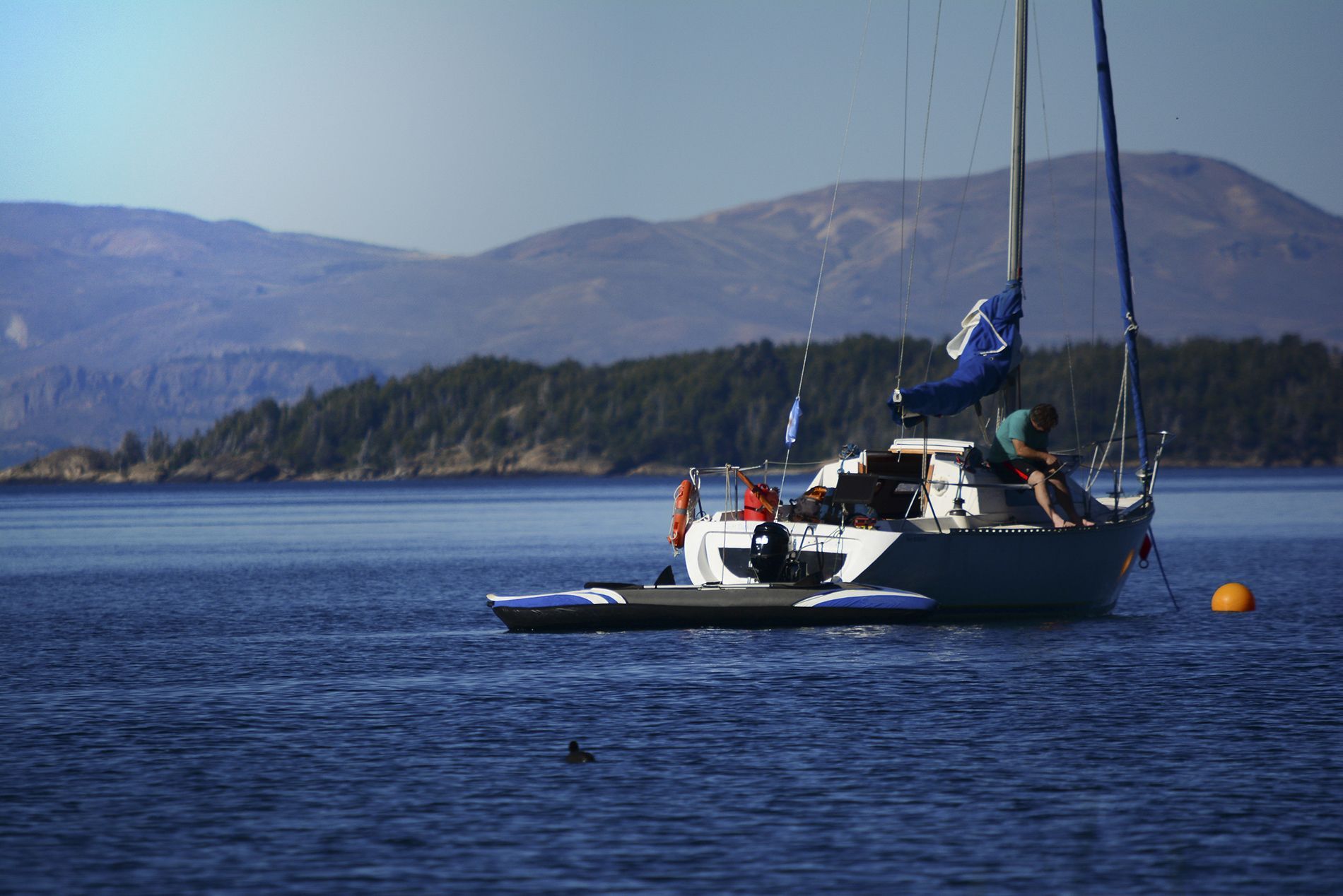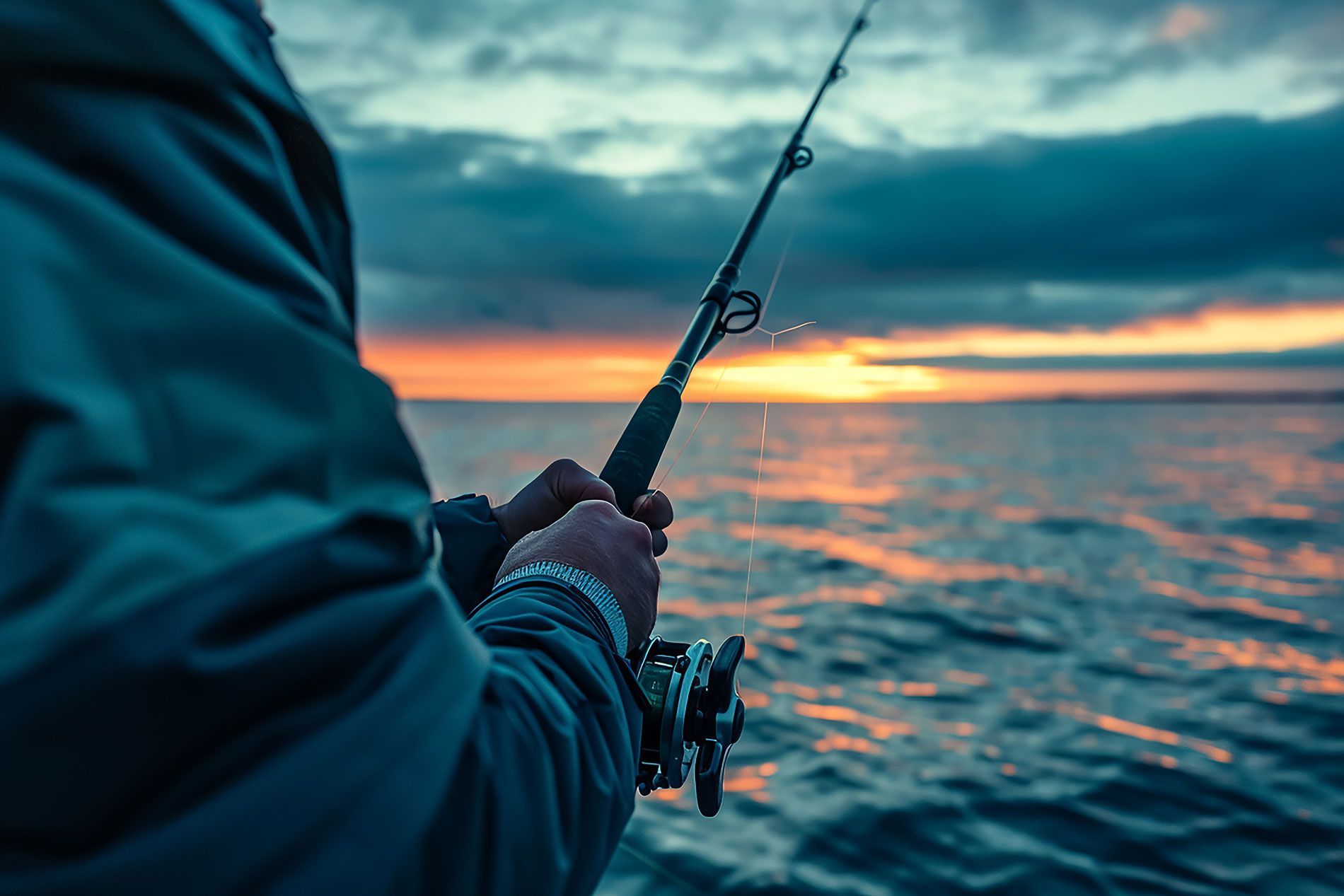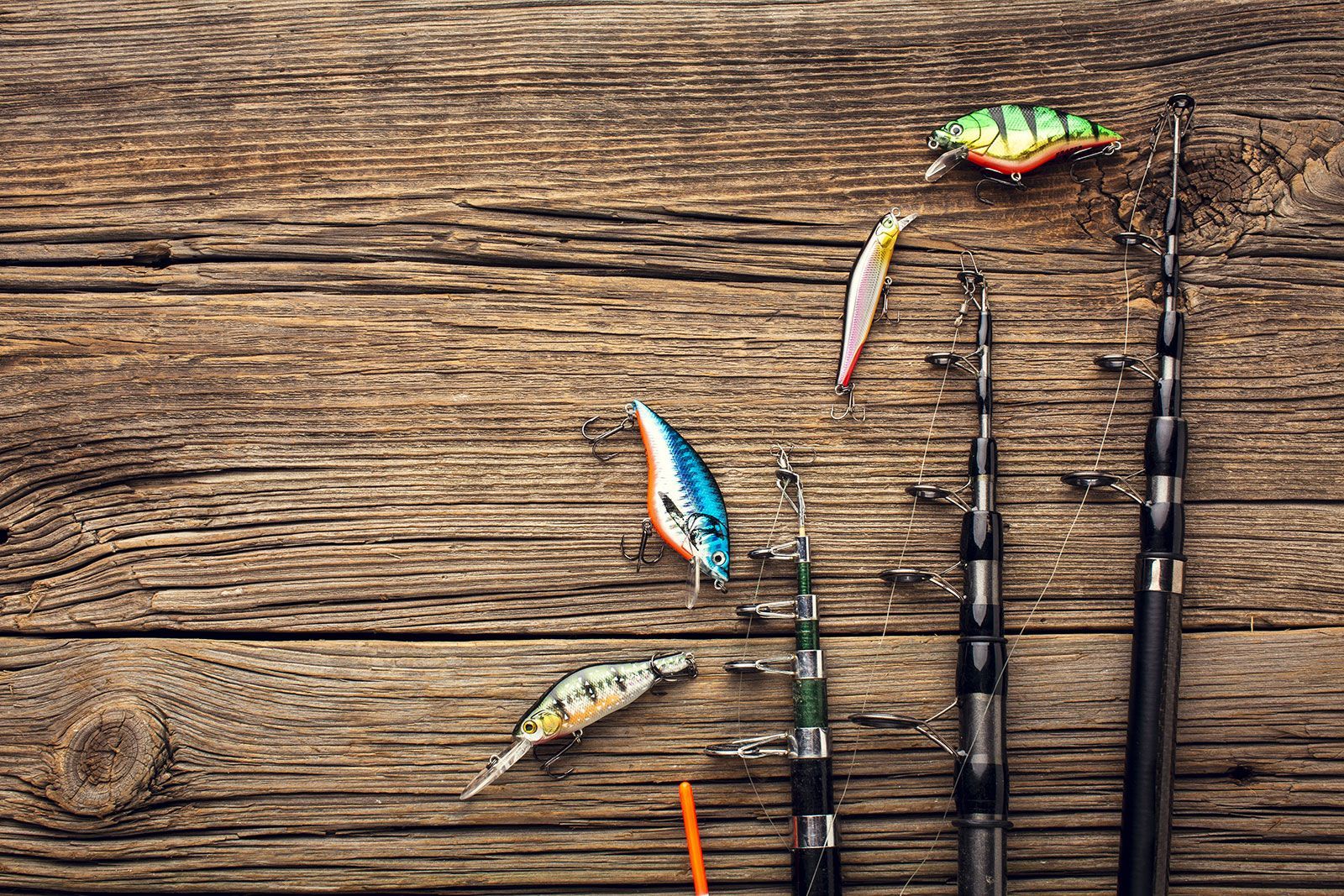From Lures to Baits: Best Options for Different Fishing Scenarios
Choosing the right lure or bait is paramount in successful fishing endeavors, as it directly impacts your chances of hooking the desired catch. Different fishing scenarios demand tailored approaches to lure and bait selection, considering factors such as water conditions, target species, and environmental variables. Whether angling in freshwater lakes, saltwater shores, or frozen lakes during ice fishing expeditions, having the appropriate fishing gear and equipment is essential for optimizing your chances of success. Understanding the intricacies of lure and bait selection allows anglers to adapt their strategies accordingly, increasing the likelihood of attracting and enticing fish to bite. By honing their knowledge and skills in choosing the most suitable lures or baits for specific scenarios, anglers can elevate their fishing experience and achieve more rewarding outcomes on the water.
Understanding Lures
Fishing lures are artificial bait designed to mimic the appearance, movement, and behavior of natural prey, enticing fish to strike. They serve the purpose of attracting, hooking, and ultimately catching fish when cast into the water. Various types of lures cater to different fishing scenarios, each offering unique characteristics and advantages.
Crankbaits, for instance, feature a diving lip that allows them to dive to specific depths, making them effective for targeting fish at different water levels. Spinners, on the other hand, utilize rotating blades to produce flash and vibration, attracting fish through visual and auditory cues. Jigs are versatile lures consisting of a weighted head and a hook, ideal for bottom fishing or vertical jigging techniques.
While lures offer versatility, durability, and the ability to cover a wide range of water depths and conditions, they may also require more skill and technique to use effectively compared to natural baits. Additionally, some fish species may exhibit a preference for live bait over artificial lures in certain situations. Understanding the advantages and disadvantages of using lures in various fishing scenarios allows anglers to make informed decisions and maximize their chances of success on the water.
Exploring Baits
Fishing baits are substances used to attract fish, enticing them to bite and be caught by anglers. They play a crucial role in fishing success by appealing to the senses of sight, smell, and taste of target fish species. Baits can be broadly categorized into natural and artificial types.
Natural baits include live organisms such as worms, minnows, and crickets, as well as natural materials like cut bait or fish eggs. Artificial baits encompass a wide range of synthetic options, including soft plastics, dough baits, and scented lures designed to mimic the appearance and scent of natural prey.
When selecting the right bait, anglers must consider several factors such as the species of fish they're targeting, prevailing water conditions (e.g., clarity, temperature), and the time of year. Additionally, seasonal variations in fish behavior and feeding preferences should inform bait selection to ensure optimal results on the water.
Best Options for Different Fishing Scenarios
Freshwater fishing presents a diverse array of opportunities, each requiring specific lures and baits tailored to the target species. For bass, popular lures include crankbaits, plastic worms, and spinnerbaits, while live baits like minnows and crawfish can also be effective. Trout anglers often find success with artificial flies, spinners, and small crankbaits, as well as natural baits such as worms and insects. For pike, large spoons, jerkbaits, and swimbaits are commonly used, along with live or dead baitfish.
In saltwater environments, anglers targeting species like snook, redfish, and tarpon may opt for lures such as topwater plugs, soft plastic swimbaits, and live baitfish like mullet or pinfish. Additionally, shrimp and crab imitations can be effective for enticing these coastal predators.
During ice fishing expeditions, specialized lures designed for cold-water conditions are essential. Examples include ice jigs, jigging spoons, and small soft plastics, often paired with live bait such as minnows or waxworms. These baits and lures are specifically adapted to attract fish in the unique setting of frozen lakes and ponds.
Factors Influencing Lure and Bait Selection
Several factors influence the effectiveness of lure and bait selection in fishing scenarios:
- Water Clarity, Temperature, and Depth: Clear water may necessitate more natural-looking lures, while murky conditions might call for brighter or more heavily scented baits. Fish also tend to inhabit specific temperature ranges within a body of water, and their depth preferences can dictate the choice of lures or baits used to reach them effectively.
- Weather Conditions and Time of Day: Weather patterns such as sunlight, wind, and precipitation can impact fish behavior and feeding activity. Similarly, certain times of the day, such as dawn and dusk, are often more productive for fishing, requiring adjustments in lure presentation and choice.
- Fish Behavior and Feeding Habits: Understanding the behavior and feeding habits of the target species is crucial. Some fish are more active predators, while others are opportunistic feeders or bottom dwellers, requiring different approaches to lure or bait selection to entice them effectively. Adjusting tactics based on these factors increases the likelihood of success on the water.
Tips for Success
Matching the size, color, and action of lures or baits to the prevailing conditions is essential for enticing fish to strike. In clear water and calm conditions, smaller and more natural-colored lures or baits often yield better results, while in turbid waters or during overcast days, brighter colors and larger profiles may be more effective. Additionally, considering the action of the lure or bait—whether it mimics injured prey or exhibits a natural swimming motion—can influence its attractiveness to fish.
Experimentation and adaptation based on fishing feedback are key strategies for success. Anglers should be prepared to switch lures or baits if they're not getting bites, and to try different retrieval techniques until they find what works best. Paying attention to the behavior of the fish and adjusting tactics accordingly can lead to increased success on the water.
Proper presentation techniques are crucial for maximizing effectiveness. This includes casting accurately to target areas, varying retrieval speeds and patterns, and maintaining a natural presentation to entice wary fish. By honing presentation skills, anglers can increase their chances of enticing strikes and landing their desired catch.
Conclusion
In conclusion, selecting the right lure or bait is paramount for success in various fishing scenarios. Whether freshwater, saltwater, or ice fishing, understanding the preferences of the target species, as well as environmental factors like water clarity and temperature, is essential. By matching the size, color, and action of lures or baits to prevailing conditions, anglers can maximize their chances of attracting and hooking fish.
At Endless Summer Charters, we encourage anglers to embrace experimentation and exploration in their fishing endeavors. Trying out different options and techniques allows anglers to broaden their skills and knowledge, enhancing their overall fishing experience. Remember, every fishing trip is an opportunity to learn and grow as an angler, so don't hesitate to try new approaches and adapt to changing conditions.
For guided fishing adventures and expert advice, contact Endless Summer Charters at (904) 501-7374. Let's make your next fishing trip an unforgettable experience!




